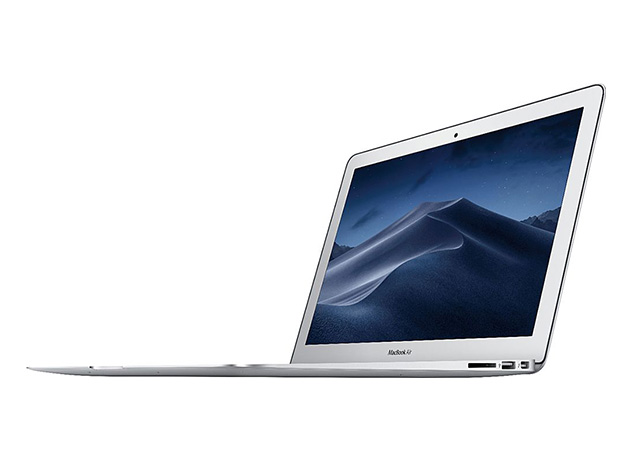
Note: In the subsequent steps, replace diskN with the identifier assigned to the flash drive.Įnter the command below to unmount the flash drive. The identifier that did not appear in step 5) ls /dev | egrep ^disk\\d+$ Next, determine the identifier assigned to your flash drive (e.g. ls /dev | egrep ^disk\\d+$Įnter the command below again to get an after list of drives. mv -f target.imgĮnter the command below to get a before list of drives. If file named appears, then enter the next command to rename this file. Enter the following command to check if this occurred. dmg characters may be appended to the output file name.

hdiutil convert archlinux-2017.12.01-x86_64.iso -format UDRW -o target.img The command below accomplishes this task. iso file to a format that is compatible with flash drives.

Enter the following command to navigate to your "Downloads" folder. This file was downloaded to my "Downloads" folder. You can find this file at this Arch Linux web site. The Mac compatible file I chose to download is named archlinux-2017.12.01-x86_64.iso. This will reduce the amount of typing and the risk of type errors. Note: You can copy and paste each command below into the Terminal application window. Manual Approach to Creating a Mac Bootable Arch Linux Flash Drive

The advantage to using a flash drive is that you will not have to install Arch Linux on any of your internal drives. This boot of Arch Linux will be done from a 1 GB or larger flash drive. This will allow you to use the commands shown in the web link you provided. I propose that the best way, to accomplish the creation of the bootable drive, is to boot the Arch Linux operation system on your Mac. There are many possible solutions to this problem. In other words, there is no equivalent for the Arch Linux mkfs.ext4 command. There is no command in macOS to format a partition to use a linux file system.


 0 kommentar(er)
0 kommentar(er)
